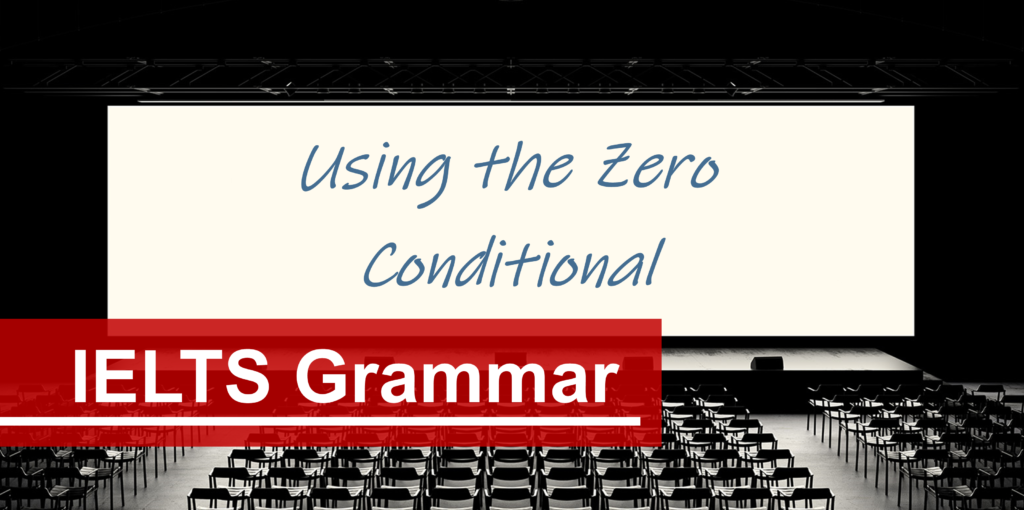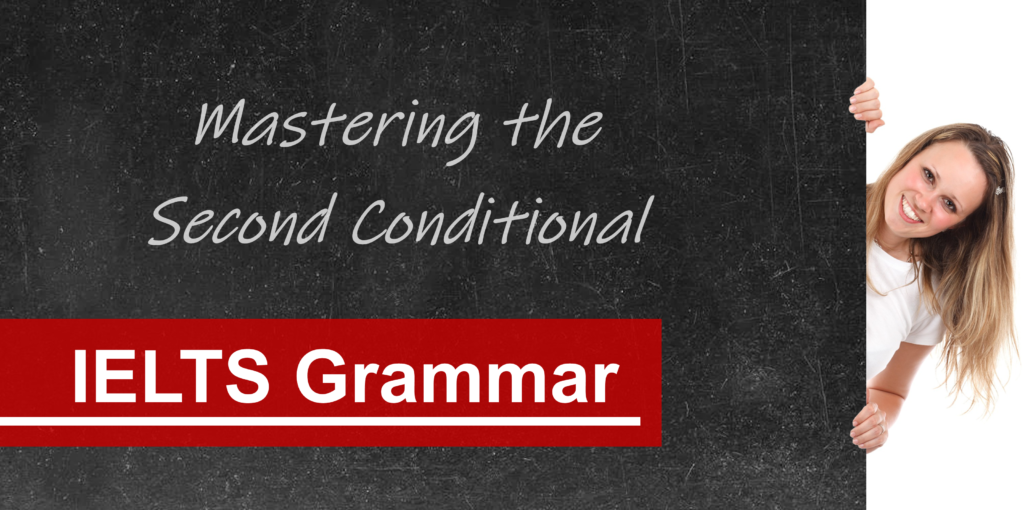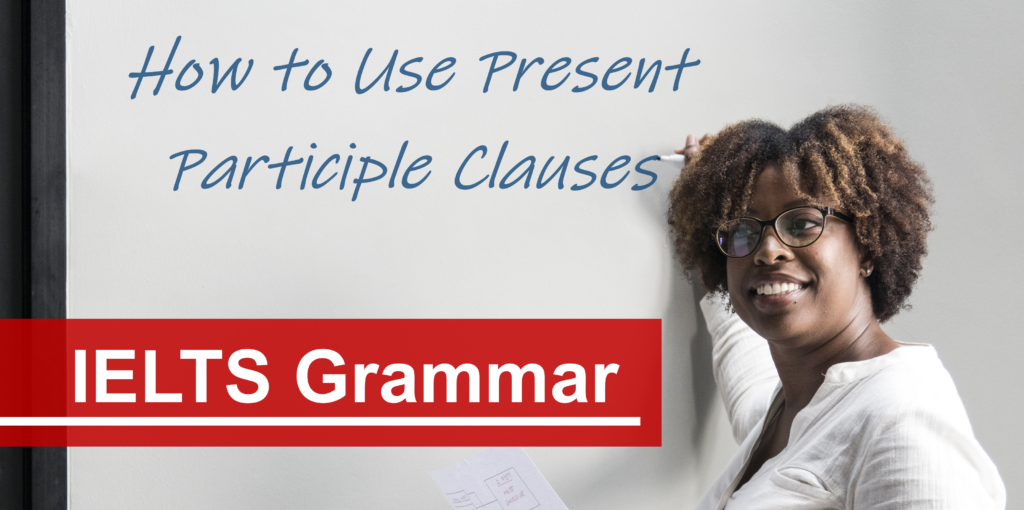How and When to Use the Zero Conditional in the IELTS Exam

Understanding the intricacies of English grammar is essential for IELTS students, and one crucial structure to grasp is the “zero conditional.” This simple yet versatile grammatical tool is frequently encountered in both the speaking and writing sections of the IELTS exam. In this article, we will delve into the zero conditional, its usage, and provide a plethora of examples to help IELTS students wield it effectively.
Unraveling the Zero Conditional
The zero conditional is a grammatical structure used to express general truths, scientific facts, and situations that are always true. It is characterized by a simple structure where both the condition and the result are stated in the present simple tense. The formula is as follows:
If + present simple, present simple.
Usage of the Zero Conditional
The zero conditional serves to:
- Express Universal Truths: It is used to describe facts and truths that are universally accepted and do not change over time. For example:
- “If you heat water to 100 degrees Celsius, it boils.”
- “If you mix red and blue, you get purple.”
- State General Facts: This structure is ideal for expressing general statements that are true in various situations. For instance:
- “If people don’t eat, they get hungry.”
- “If you cut yourself, you bleed.”
- Discuss Scientific Principles: It is suitable for presenting scientific facts and principles.
- “If you mix an acid and a base, you get a neutral solution.”
- “If you drop an object, it falls to the ground due to gravity.”
Applying the Zero Conditional in the IELTS Exam
Speaking Section:
Example 1 – Question: “What happens if you mix an acid and a base?”
Response: “If you mix an acid and a base, you get a neutral solution. This is a fundamental principle in chemistry.”
Example 2 – Question: “What occurs when you add salt to water?”
Response: “When you add salt to water, it dissolves. This is a well-known fact.”
In both examples, the zero conditional is employed to express general truths, making it an effective structure for answering questions that require discussing universal facts and basic principles.
Writing Section:
Example (Essay Prompt): “Explain the consequences of not wearing sunscreen in the sun.”
Response: “Not wearing sunscreen in the sun has serious consequences. If individuals expose their skin to the sun without protection, they risk getting sunburned. Additionally, prolonged exposure to UV rays can lead to skin damage and increase the chances of skin cancer.”
In this essay example, the zero conditional is used to describe the general consequences of not wearing sunscreen, making the response clear and concise.
Conclusion
The zero conditional is a fundamental grammatical structure that IELTS students should master. It serves as a powerful tool for expressing universal truths, facts, and general statements. Whether in the speaking or writing sections of the IELTS exam, the zero conditional can help you provide clear, accurate, and well-structured responses. By understanding its usage and practicing with relevant examples, you can confidently showcase your language proficiency and achieve success in the IELTS exam.






